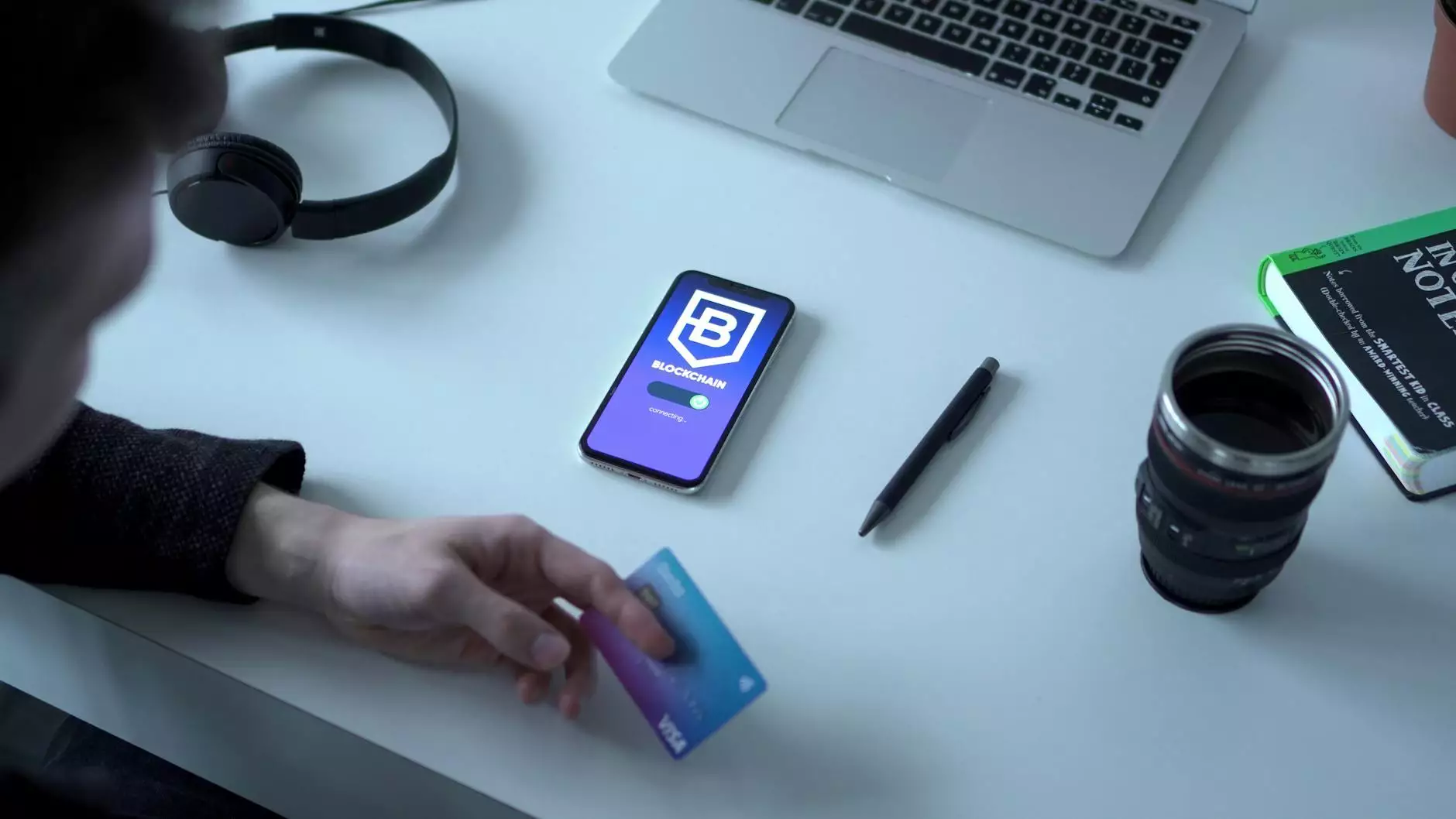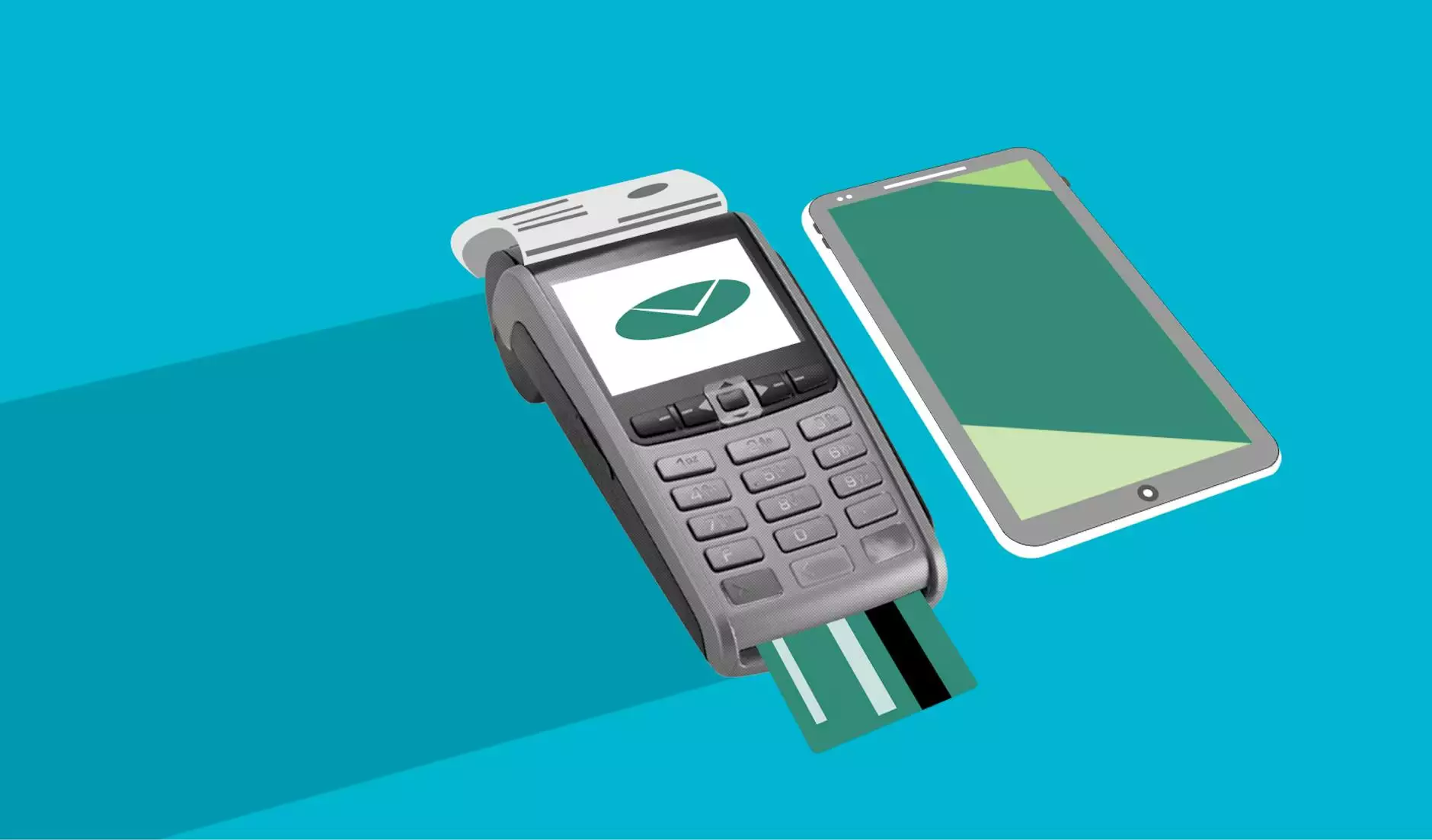How To Build Your Own POS System In 2023?
Development Partners
The Future of Point-of-Sale Systems
Gone are the days when traditional cash registers were sufficient for handling business transactions. As we enter the new era of 2023, businesses need to adapt to the ever-evolving customer expectations and technological advancements. Building your own POS (Point-of-Sale) system is now a crucial aspect of staying ahead in the competitive market. In this article, Maslow Lumia Bartorillo Advertising, a leading business and consumer services agency specializing in marketing and advertising, will guide you through the process of creating your very own POS system.
Understanding the Importance of a POS System
A POS system serves as the central hub for all your business transactions, inventory management, and customer data. It streamlines your operations, improves efficiency, and enhances the overall customer experience. With a customized POS system tailored to your specific business needs, you can effectively manage sales, track inventory in real-time, generate detailed reports, and facilitate seamless payment processing.
The Key Components of a Successful POS System
1. Hardware
Choosing the right hardware for your POS system is crucial for optimal performance. Invest in high-quality devices such as touchscreen monitors, barcode scanners, receipt printers, and cash drawers. Ensure compatibility and scalability to accommodate future upgrades.
2. Software
Selecting the appropriate POS software is essential to unlock the full potential of your system. Look for features like inventory management, sales analytics, customer relationship management, and integrations with other business tools. Cloud-based solutions offer flexibility and accessibility from anywhere, anytime.
3. Payment Processing
Integrating secure and efficient payment processing into your POS system is critical. Offer various payment options, including credit/debit cards, mobile wallets, and contactless payments. Ensure compliance with industry standards and implement strong security measures to protect customer data.
4. Customization and Scalability
An ideal POS system should be customizable to meet your business-specific requirements. Choose a solution that allows you to create tailored workflows, pricing structures, and loyalty programs. Additionally, consider scalability to accommodate your business growth and future expansion.
Steps to Build Your Own POS System
1. Define Your Business Needs
Start by identifying your business requirements and goals. Assess your current pain points and determine the features you need in your POS system. Consider factors such as business size, industry, sales volume, and customer expectations. This clarity will help you make informed decisions during the development process.
2. Research and Select the Right POS Software
Conduct thorough research on existing POS software options in the market. Evaluate their features, pricing models, support, and user reviews. Shortlist the solutions that align with your business needs and test their demos or trial versions. Choose a software that offers scalability, customization, and reliability.
3. Choose Hardware That Enhances Functionality
Invest in reliable and high-performance hardware for your POS system. Depending on your business requirements, select devices such as touchscreen monitors, barcode scanners, and receipt printers. Ensure compatibility with your chosen software and consider future expansion when making hardware decisions.
4. Set Up and Configure Your POS System
Once you have obtained your hardware and software, it's time to set up and configure your POS system. Follow the instructions provided by the software provider and ensure proper installation. Configure the system according to your business needs, including adding products, setting up payment options, and defining workflows.
5. Integration and Testing
Integrate your POS system with other business tools like accounting software, inventory management systems, and CRM platforms. Test the system thoroughly to ensure all components are working seamlessly. Address any issues or glitches before going live.
6. Train Your Staff
Proper training is essential to ensure your staff can effectively use and maximize the potential of the POS system. Provide comprehensive training sessions covering all aspects, including sales transactions, inventory management, and generating reports. Regularly update the training program as new features or updates become available.
7. Ongoing Support and Maintenance
Regularly maintain and update your POS system to ensure its smooth operation. Keep track of software updates and security patches provided by the software provider. Establish a support system, including contact details for technical assistance. Regularly review and optimize your system to adapt to changing business needs and customer expectations.
Contact Maslow Lumia Bartorillo Advertising for Expert Assistance
Need expert guidance and assistance in building your own POS system? Look no further than Maslow Lumia Bartorillo Advertising. As leaders in the business and consumer services industry, our team of skilled professionals is equipped with the knowledge and experience to help you create a robust and efficient POS solution. Contact us today for a consultation and take a step towards revolutionizing your business in 2023.










